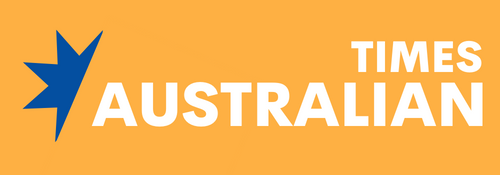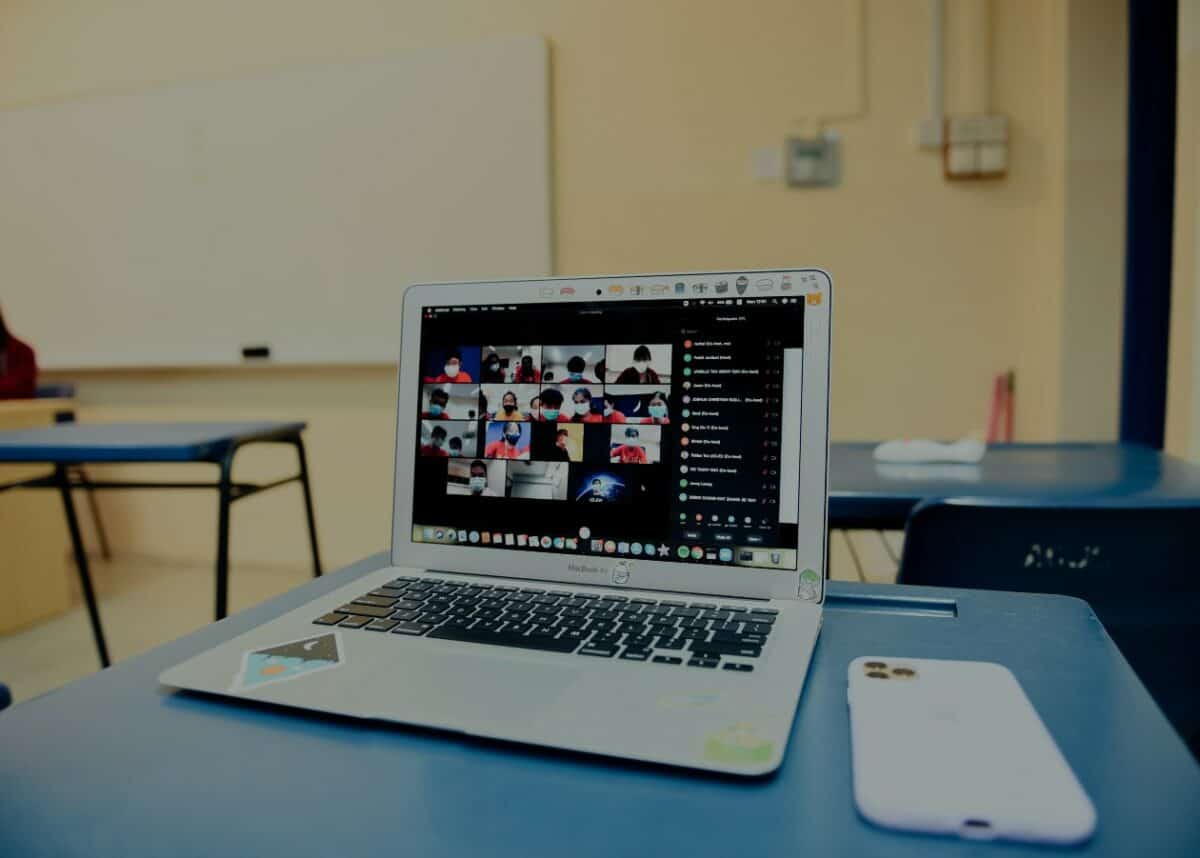Tom Baker, University of Auckland; Ann E. Bartos, University of Auckland; Caitlin Neuwelt-Kearns, University of Auckland; Octavia Calder-Dawe, Te Herenga Waka — Victoria University of Wellington, and Susan E Wardell
Liam’s* crowdfunding campaign page is direct: his “sole purpose is to survive”.
Before his diagnosis with inoperable brain cancer, Liam was a “healthy, fitness and sports minded 44-year-old, [who gave] his time and skills away freely by being a regular at charity events, fundraising for a number of organisations and more recently sponsoring amateur athletes”.
Holly, Liam’s friend, caregiver and now crowdfunding campaign manager, appeals to the crowd: “It’s time for us to come together and help this amazing man out.”
This narrative may be familiar — it provides a window into the high-stakes world of medical crowdfunding. In our new research, we explore who the people behind these campaigns are and how they work to capture the crowd’s attention in a competitive environment.
Crowdfund like your life depends on it
A study of medical campaigns in the US suggests crowdfunding has become a “gap-filler” or an entrepreneurial safety net for people without health insurance. Crowdfunding is less prevalent in the UK because universal healthcare is available, but nevertheless, it has helped raise at least £8m for alternative cancer treatments since 2009.
Weak or non-existant reporting requirements make it difficult to know the exact volume and growth of medical crowdfunding internationally. But on most donation-based crowdfunding platforms, medical or health-related campaigns vie for being the largest category. A glance at GoFundMe (the platform with 80% of the global market share) reveals the scale and variety of medical crowdfunding campaigns.
While Liam’s campaign raised over NZ$30,000 in three months, many campaigns are not so successful. Indeed, there’s a wide range in the ability of campaigners to capture the hearts, and open the wallets, of the crowd.
Inside medical crowdfunding campaigns
The majority (71%) of medical crowdfunding campaigns in New Zealand are associated with illnesses, rather than accidents, longer-term disabilities or other health needs.
Most campaigns are not organised directly or solely by the person who is unwell. The overwhelming majority are constructed and managed by a family member, friend or other third party on behalf of the funding recipient.
For example, on New Zealand’s largest crowdfunding platform Givealittle, this applied to 83% in June 2020. Young adults are more likely to run their own campaigns than those in other age groups.
Despite the importance of the campaigner’s work, little is known about the experiences and perspectives of campaigners themselves. Through first-hand accounts of 15 crowdfunding campaigners on Givealittle, our research reveals campaigners take on considerable work and shoulder responsibilities at particularly challenging times in their lives.
Among our participants, the difference in financial success between campaigns was significant: amounts raised ranged from NZ$1,000 to $90,000, but most fell into the $10,000 to $30,000 range.
A majority of people running campaigns said the money raised largely came from friends and family rather than strangers. This suggests it is difficult getting people to donate money for someone they don’t actually know. Funders are often not a faceless crowd at all — they are family, friends and acquaintances.
Framing illness to captivate the crowd
Pushing beyond one’s immediate networks and into the larger, anonymous reaches of the crowd means navigating a mine field of social biases about who deserves assistance and who doesn’t.
Campaigners work hard to frame illnesses in ways that resonate. These framings speak volumes not only about them, but about us: the crowd.
Crowdfunding campaigners have to demonstrate that the recipient “deserves” the financial support. This applies to both the illness (or disability, or other health need) and the person or family experiencing them.
This is often done by describing the funding recipient as “hard-working” and “community minded”. Many successful campaigners emphasised the funding recipient had become ill “through no fault of their own”, or as a result of “bad luck”. This framing establishes the recipient as the subject of misfortune, rather than personal irresponsibility, and therefore deserving of the crowd’s sympathy.
These criteria of “choice” and “responsibility” were seen by participants to affect which illnesses were most readily marketable in a crowdfunding context. While $90,000 was raised for a child with a rare form of cancer in just three weeks, a mother raising money for her child’s anorexia nervosa treatment described the “uphill battle” of fundraising for a misunderstood and often stigmatised illness, raising just $3,000 over six months.
Burdens of responsibility
Constructing crowdfunding campaigns takes time and energy, burdening campaigners when many struggle with increased care duties and continuing work commitments. The campaigners we interviewed reflected on how much effort went into crafting the perfect narrative on the crowdfunding platform.
Work on the campaign didn’t stop once the money came in. Many campaigners described a sense of duty in remaining accountable to their donors, providing updates and assurance that they were using funds responsibly.
We know from existing research that medical crowdfunding campaigns tend to compound economic inequality. People occupying positions of relative privilege are more likely to be connected to others with the means to donate.
Our research reveals an additional set of inequalities that appear to be exacerbated through crowdfunding: uneven distribution of time, physical and emotional energy, linguistic skills and advertising savvy — and the ability of particular illnesses and bodies to elicit care from others. This includes the age, gender and ethnic appearance of the recipient, as well as their type of need.
Success is deeply contingent on the skills of the campaigner, the traits of the recipient and the moral sensibilities of the crowd. The uncertainty of whether or not these three things will align can be taxing.
Campaigners and recipients are no doubt grateful for the existence of crowdfunding platforms and the charity of individual crowdfunders. At the same time, charitable donations cannot alleviate the wider structural inequalities that propel people towards this time-consuming strategy for meeting life-and-death needs, and which replicate the same inequalities.
*Names have been changed
Tom Baker, Senior Lecturer in Human Geography, University of Auckland; Ann E. Bartos, Research associate, University of Auckland; Caitlin Neuwelt-Kearns, Postgraduate Student in Geography, School of Environment, University of Auckland; Octavia Calder-Dawe, Lecturer in Health Psychology, Te Herenga Waka — Victoria University of Wellington, and Susan E Wardell, Lecturer
This article is republished from The Conversation under a Creative Commons license. Read the original article.












